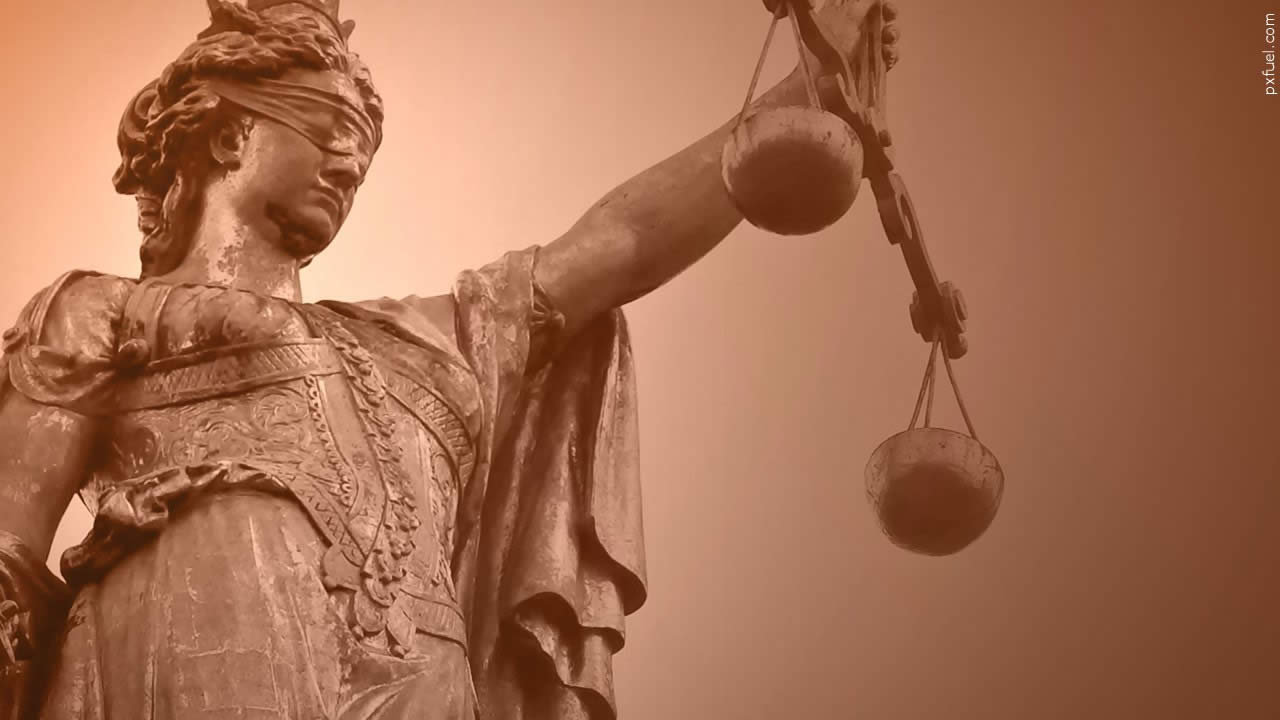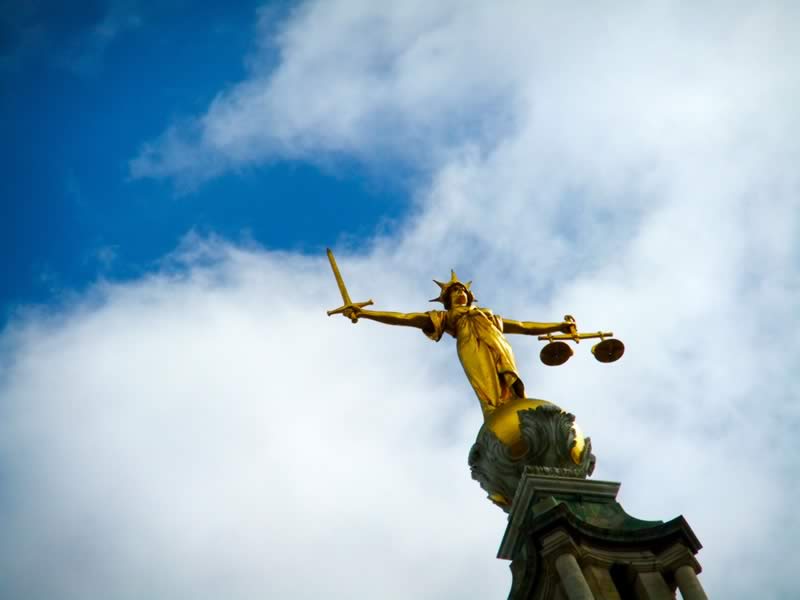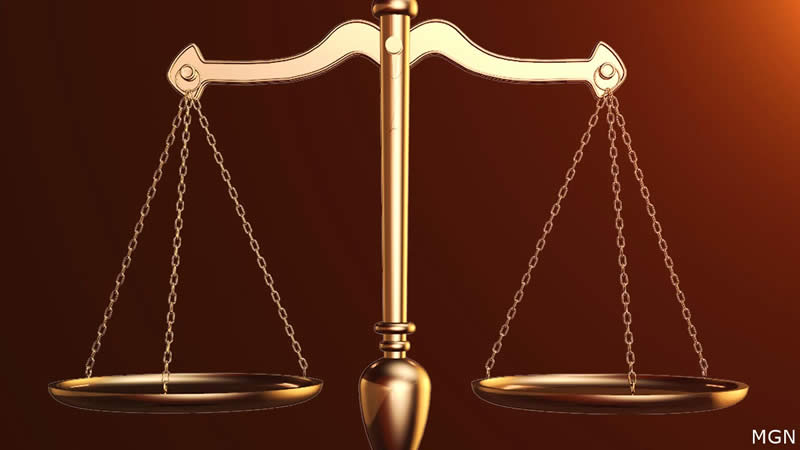Chicago, IL-(ENEWSPF)- A Chicago man was sentenced today to 23 years in federal prison for placing a backpack that he thought contained a powerful explosive device into a curbside trash container on a crowded street near Wrigley Field in September 2010. The defendant, Sami Samir Hassoun, pleaded guilty in April 2012 to one count each of attempted use of a weapon of mass destruction and attempted use of an explosive device and faced between 20 and 30 years in prison under the terms of his plea agreement.
Hassoun, 25, a Lebanese citizen and permanent resident alien who formerly resided on the city’s North Side, has remained in federal custody since he was arrested during the very early morning on September 19, 2010. The purported bomb was actually an inert device that was provided by undercover FBI agents who were investigating and monitoring Hassoun’s proclaimed determination to commit acts of violence in Chicago for monetary gain and to cause local political instability.
“The thought of what might have happened if it was real is horrific,” said U.S. District Judge Robert Gettleman, who ordered Hassoun placed on five years of supervised release following his prison term and noted that he will be subject to deportation when he is released.
As a result of the undercover investigation, Hassoun never posed any actual imminent danger, but his guilty plea made clear that he intended to cause mass casualties and had rejected opportunities to walk away from the plot. He chose the particular location and time of the proposed attack—the 3500 block of North Clark Street and late on a Saturday night—because it presented the opportunity to inflict a greater number of casualties. There was a concert at Wrigley Field on Saturday night, September 18, 2010, just before he was arrested.
“If the bag that Hassoun left in that Clark Street trash receptacle had contained the type of explosive device that he thought it did, the results would have been horrific,” said Gary S. Shapiro, United States Attorney for the Northern District of Illinois. “In conversation after conversation, Hassoun made clear that he was willing to bomb innocents and shoot police officers as part of a bizarre effort to destabilize the city of Chicago. And his actions demonstrated that his words were more than empty bravado,” Mr. Shapiro said.
“I am proud of the work done by a talented investigative team in preventing Hassoun from carrying out his intended act of great violence. I am also grateful to the dedicated prosecution team for their role in bringing Hassoun to justice. We remain vigilant in our mission to prevent attacks against Americans and to identify and hold accountable individuals and groups involved in the planning and execution of such attacks,” said Cory B. Nelson, Special Agent in Charge of the Chicago Office of the Federal Bureau of Investigation. The investigation was conducted by the Chicago FBI’s Joint Terrorism Task Force, which consists of FBI special agents, Chicago Police officers, and other federal, state, and local law enforcement agencies.
In pleading guilty, Hassoun admitted telling a law enforcement cooperating source (CS) in early June 2010 that he wanted to commit acts of violence in Chicago and suggested bombing the commercial area surrounding Wrigley Field as one option. Hassoun said that an attack against such an entertainment center could “paralyze” Chicago commerce. The CS told Hassoun that he/she had friends willing to help Hassoun to perpetrate such an attack. Hassoun and the CS continued to discuss Hassoun’s terrorist attack ideas during the following weeks, and Hassoun indicated that he wanted to meet the CS’s contacts and was anxious to act against Chicago.
On July 8, 2010, the CS introduced Hassoun to an undercover FBI task force officer posing as one of the CS’s purported contacts, and Hassoun said that he believed that a series of escalating violent acts could be used to undermine the city’s political establishment. When asked what he was personally willing to do, Hassoun indicated that he was willing to facilitate a car bombing or attacks against Chicago Police officers. When asked later if he was concerned about the victims of such violence, Hassoun said that casualties were the inevitable result of what he termed “revolution.”
On July 21, 2010, an undercover FBI agent was introduced to Hassoun as a “good friend” and “brother,” and Hassoun discussed his idea of a series of escalating violent attacks to damage Chicago’s sense of security, its economy, and trust in leadership. He identified Chicago entertainment establishments, civic buildings, commercial high-rises, and transportation infrastructure as potential targets, the plea agreement states.
During this meeting, the undercover agents gave Hassoun a digital camcorder to videotape potential targets. Hassoun traveled to the area around Wrigley Field and filmed potential targets on August 8, 12 and 14, 2010, focusing on the bars, restaurants, and potential security in the area. As he filmed, Hassoun commented on the potential tactical advantages and risks of perpetrating an attack at the various locations he observed. Also during the July 21 meeting, Hassoun asked the undercover agents effectively to employ him planning the bombing, and from July 21 to September 18, 2010, they paid Hassoun $2,700.
On August 16, 2010, Hassoun met with the agents and debriefed them on his reconnaissance efforts. He gave them the camcorder and after reviewing the videos, they all discussed the areas that could be targeted to cause maximum casualties with minimum operational difficulty and risk. On August 31, 2010, Hassoun and the undercover agents traveled to Hassoun’s chosen location, which Hassoun said would be crowded with bar patrons.
At a prearranged meeting on the night of September 18, 2010, at a hotel in Rosemont, the undercover agents provided Hassoun with a shopping bag and a backpack that contained the purported bomb. While driving together to the target area, one of the agents explained to Hassoun that the bomb was surrounded by ball-bearings and that its blast could destroy up to half a city block. As they approached the area, one of the agents told Hassoun that he was setting the bomb’s timer for 20 minutes, but Hassoun said that was too long. The agent and Hassoun then set the timer together and activated the purported bomb’s arming mechanism in Hassoun’s presence. They arrived near the target location at approximately 12:10 a.m. on Sunday September 19 and parked about a block away. As planned, Hassoun exited the vehicle with the shopping bag containing the backpack and purported explosive device, walked a short distance, and deposited what he thought was the armed bomb into the trash container on the crowded sidewalk.
The government was represented by Assistant U.S. Attorneys Joel Hammerman and Tinos Diamantatos.








